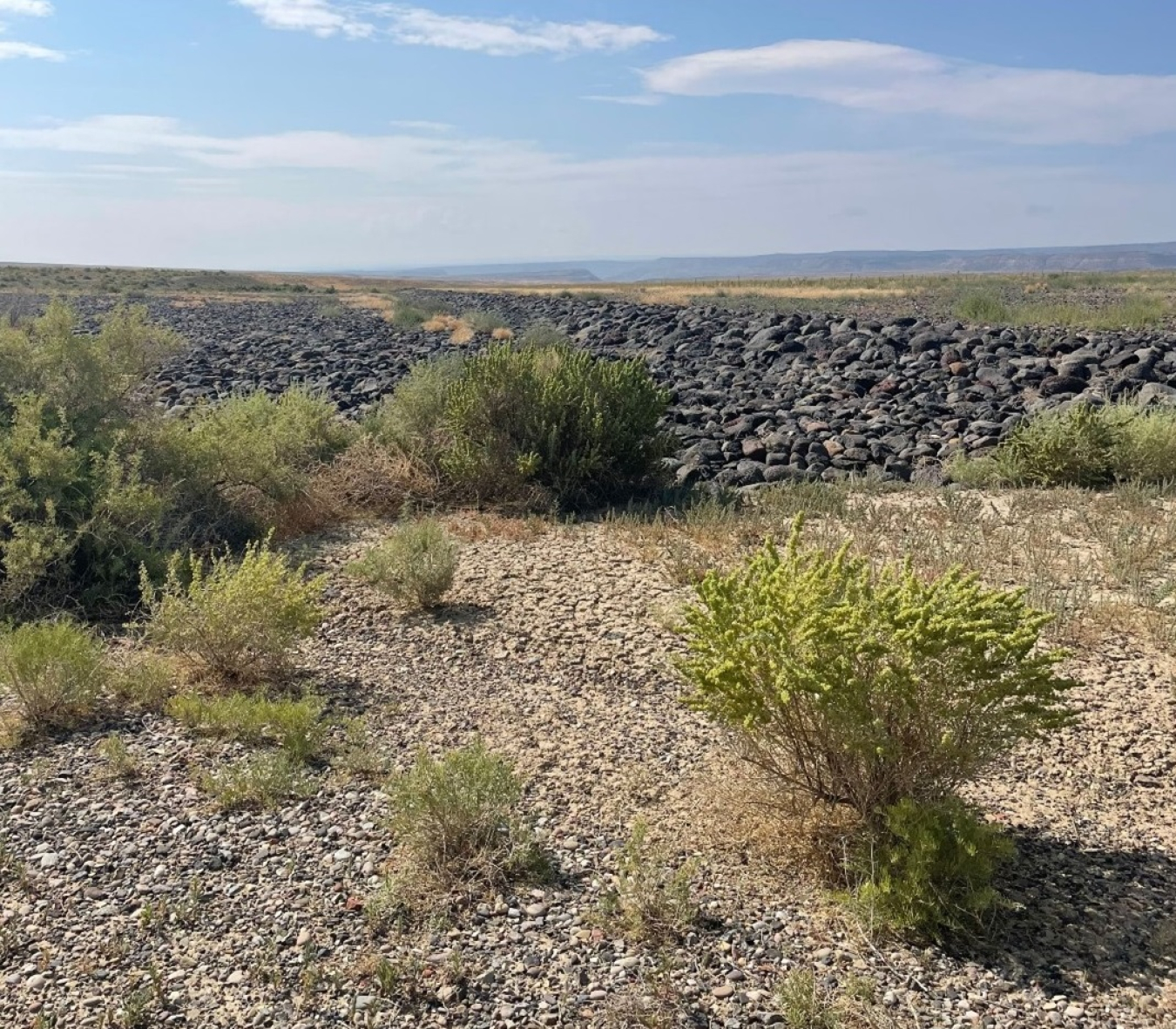LM surpasses 90% score for accuracy of data collection in annual validation
November 15, 2024
The Department of Energy (DOE) Office of Legacy Management (LM) conducts annual real property asset data validations in accordance with DOE Order 430.1C, supporting the Facilities Information Management System (FIMS). FIMS is the corporate database for all DOE assets.
For fiscal year 2024, the asset data validation was conducted by DOE Headquarters, and LM received Green Scorecards across its assets. This Green Scorecard recognizes a 90% or greater accuracy on data collection and is the product of several people, teams, and activities that take place throughout the year within the LM and LMS FIMS Team. Performing this annual validation provides DOE Headquarters and LM with valuable information regarding its assets, their condition, and potential cost and liabilities which span the entire portfolio.
Bud Sokolovich, the supervisor of the asset management team with LM and a 19-year FIMS program veteran, recognizes the teamwork required under fast-paced deadlines and collaboration across most teams within LM.
“It's pretty intense if you're involved in it because the sites are constantly changing. They're evolving. Fences go down new roads, there’s new paving, or a new visitor center is added to the site. This system captures all the assets,” he said.
So, what does this annual validation actually mean? Starting in January, the LM and LMS FIMS team assembles data validation packages for its real property assets. Information in these packages include certain data fields that are required in managing and maintaining these assets throughout the program. Data are collected through various sources, including Condition Assessment Survey Inspections conducted at the sites. Actual costs and projected costs for these assets is also included in these packages to be validated. These activities require heavy involvement from the LM site managers and LMS site leads, as well as various functional groups to verify the information or alert the FIMS team of any real property assets that may have been updated or inadvertently omitted at their site.
The LM and LMS FIMS team fill in and validate more than 8,000 data fields annually updating the FIMS database. And what happens once the annual data validations are complete? The LM and LMS FIMS teams begin planning for the next annual data validation.
“There are specific dates that are set up by headquarters for when information needs to be put into the system,” Sokolovich said. “Then you have a certain amount of time to put that in, and they do that staggered throughout the year.”
Last year, the LM and LMS FIMS team had a particularly challenging and successful data validation cycle. During the COVID pandemic, the Condition Assessment Survey Inspections were hindered and delayed. The LM and LMS FIMS team spent the last couple years working tirelessly with the LM site managers and LMS site leads to perform these delayed inspections and to update the database with current information on the assets.
Ann Wei, Director of Asset Management of LM’s Support Partners, said this past year’s annual data validation involved a tremendous effort that required the support of various parties, including LM site managers, LMS site leads, LM and LMS asset management team, LMS business services team, in particular document management, cost estimating, project controls and accounting.
“The FIMS team went above and beyond this year. Their dedication, collaboration, and attention to detail set a standard of excellence for our work moving forward,” Wei said.
The work effort and time invested into this year’s FIMS data validation offers a unique look at how a data-driven and collaborative integrated project team is successful. From working with the site leads to document management, the LM and LMS FIMS team gets unparalleled knowledge of how most offices within LM operate.
This whole process and the collaboration that is required to make this happen is a prime example of “the one team, one mission mindset at LM,” Sokolovich said.

